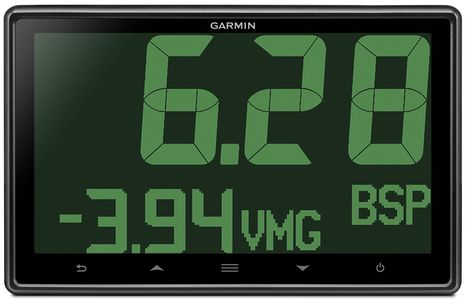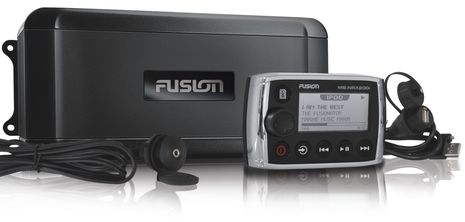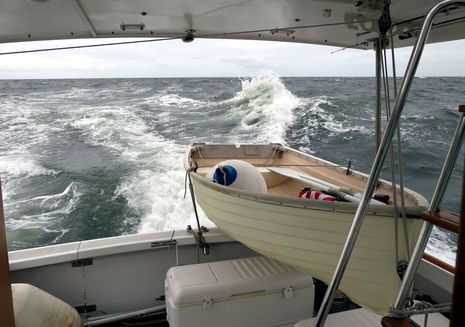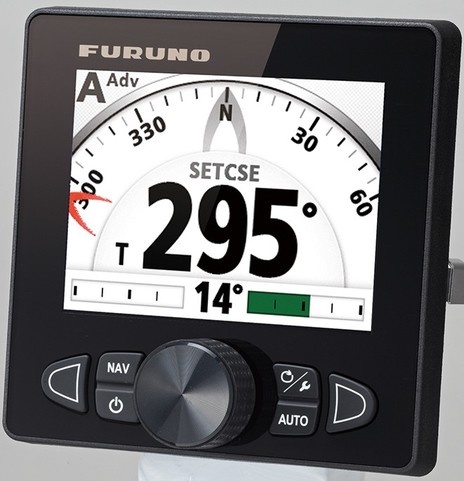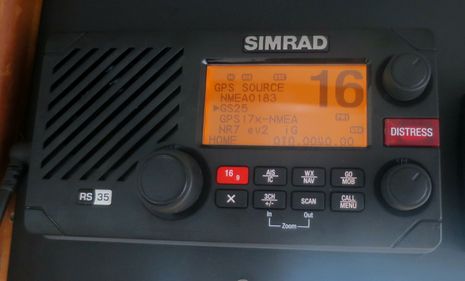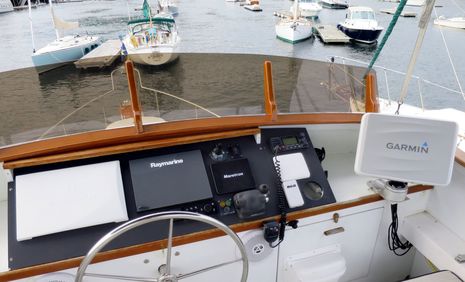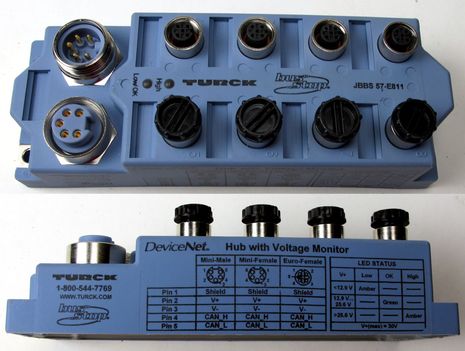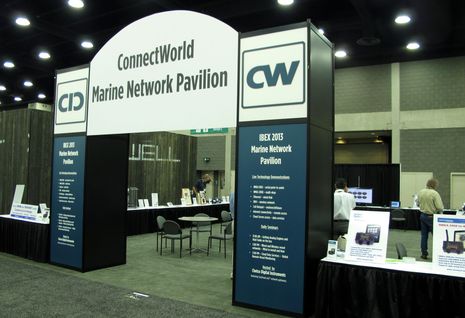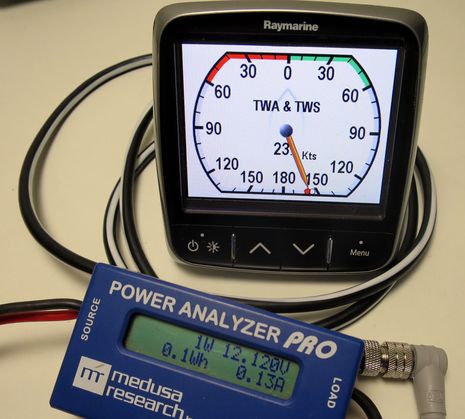Lowrance MotorGuide Xi5 SmartSteer trolling control, life changing
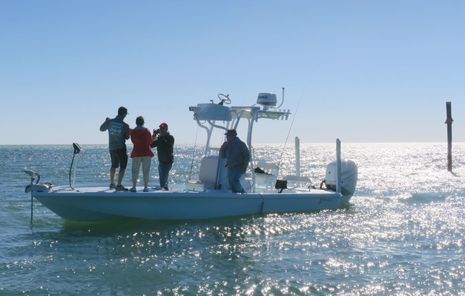 Two Maine blizzards later it’s nice to recall that just a week ago I was casting a lure off a similarly tricked-out Yellowfin 24 Bay Boat. I didn’t land a pose-worthy fish like my friend Chris Woodward, but the important thing about this photo is how well that trolling motor is holding an “anchor” position. Note the nonchalant skipper, despite a brisk wind and strong current both pushing him toward the channel marker aft, not to mention rocks to starboard and us to port. The pro I was with — the impressive Tom Rowland of the Saltwater Experience TV series — seemed equally confident about the reliability of the MotorGuide Xi5 and its do-anything integration with the twin Lowrance HDS 12 Gen3 displays, and it was easy to buy his claim that the combination has significantly improved his boating life.
Two Maine blizzards later it’s nice to recall that just a week ago I was casting a lure off a similarly tricked-out Yellowfin 24 Bay Boat. I didn’t land a pose-worthy fish like my friend Chris Woodward, but the important thing about this photo is how well that trolling motor is holding an “anchor” position. Note the nonchalant skipper, despite a brisk wind and strong current both pushing him toward the channel marker aft, not to mention rocks to starboard and us to port. The pro I was with — the impressive Tom Rowland of the Saltwater Experience TV series — seemed equally confident about the reliability of the MotorGuide Xi5 and its do-anything integration with the twin Lowrance HDS 12 Gen3 displays, and it was easy to buy his claim that the combination has significantly improved his boating life.



